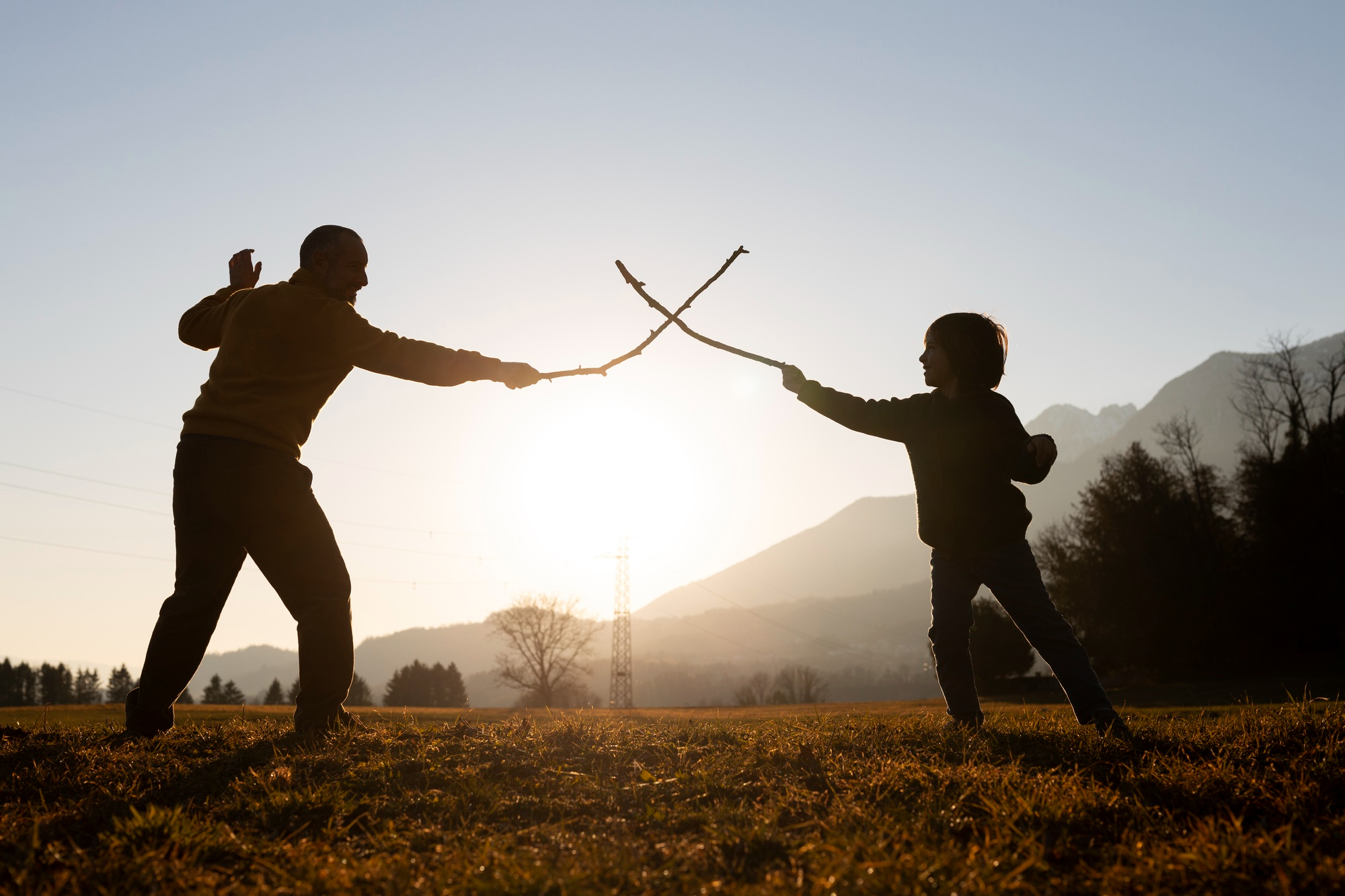
“Knowing yourself is the beginning of all wisdom”
Aristotle
There’s something quietly powerful about sitting with the question: “Who am I?”
Not to answer it right away, not to list roles or titles, but to just… pause with it. In my last blog, I explored the difference between self-awareness and self-identity, how one is about noticing, and the other about defining. Self-awareness is like a mirror; it reflects what’s present. Self-identity is more like a map, drawn over time with stories, experiences, and beliefs that tell us where we’ve been and who we think we are. But today, I want to linger a little longer with that map.
What is Self-Identity, really?
At its core, self-identity is the internal story we carry about ourselves. It’s how we complete the sentence, “I am…”, “I am a coach. I am a daughter. I am a calm person. I am not good with confrontation. I am someone who needs solitude.” These aren’t just descriptors; they shape how we walk into rooms, how we speak to others, how we interpret what happens around us. Self-identity gives us a sense of continuity, a thread that connects our past to our present and informs our future. But as grounding as that can be, it also raises a quiet question:
How much of this story is truly mine?
Often, what we think of as our identity is shaped in the background. Through early experiences, family praise or criticism, social expectations, the roles we were rewarded for playing, we slowly pick up bits and pieces of identity like souvenirs. Over time, they harden into definitions. “I’m the mature one.” “I’m sensitive.” “I’m the fixer.” And without noticing, we begin to live inside these definitions, repeating old lines from a script we didn’t entirely write.
The many selves we carry
One of the most liberating truths is this: we are not a single, solid self. We carry multiple selves within us, the inner child, the rebel, the dreamer, the caregiver, the thinker, the one who doubts, the one who dares. Some show up more often than others. Some take the lead when we’re with family, while others emerge when we’re alone or creating or in crisis. These selves may feel contradictory, but they’re all part of the same living, breathing being.
Being human is not about picking one version and discarding the rest, it’s about learning to listen to what each self has to say.
The challenge comes when we try to force a fixed identity, often because we think we’re supposed to “be consistent.” But consistency isn’t the same as authenticity. If we’re not allowed to change, evolve, or surprise ourselves, identity becomes a tight costume we’re scared to take off. We say, “That’s just not me,” or “I could never…” without realizing we’re reinforcing walls that no longer serve us. Growth, then, can feel threatening, not because it’s wrong, but because it asks us to loosen the grip on who we’ve been.
Are you wearing a Mask?
Sometimes, the stories we tell ourselves become so deeply ingrained that we no longer see them as stories. They turn into rules. Unquestioned beliefs. Quiet prisons. And we keep performing these versions of ourselves, the achiever, the all-rounder, the shy one, not because they still feel true, but because they’ve helped us belong. They got us love, or at least approval. They gave us a way to be seen.
But when the need to fit in overrides the need to be authentic, identity starts acting like a mask. We wear it so long, we forget there’s a face underneath. That’s when a strange kind of suffering begins, the kind that whispers, “I’m doing everything right… so why do I feel so disconnected?”
There’s nothing wrong with wanting to belong. But we have to be careful not to trade away our truth for acceptance. Real connection, with others and with ourselves, begins when we let the mask slip and meet what’s underneath with honesty and care.
A Self that evolves
What if we stopped trying to lock our identity into place and instead allowed it to move, breathe, shift? You are not who you were five years ago, or even six months ago. That’s not a failure of self. That’s evolution.
Identity isn’t a product to be finished. It’s a process to be lived.
To know thyself isn’t to have a perfect answer to “Who am I?”
It’s to stay in relationship with the question, with presence, humility, and curiosity. Some parts of you will feel timeless. Others may be ready to shed. And that’s the beauty of it. The more we allow ourselves to change, the more space we make for truth to emerge.
Final Thoughts
If you’re reading this and wondering, “So what do I do with all of this?”, maybe don’t do anything just yet. Instead, pause. Notice which parts of your identity still feel like home, and which feel like borrowed clothes you’ve outgrown. Begin gently. Ask yourself: What parts of me feel most authentic right now? What stories am I still holding because I’m afraid to let them go? Who am I becoming, and what would it mean to allow that?
This isn’t about losing yourself. It’s about remembering that you were never just one adjective. You’re allowed to grow, to revise your story, to come home to yourself again and again, with compassion, with curiosity, and with the quiet courage it takes to really know thyself.



